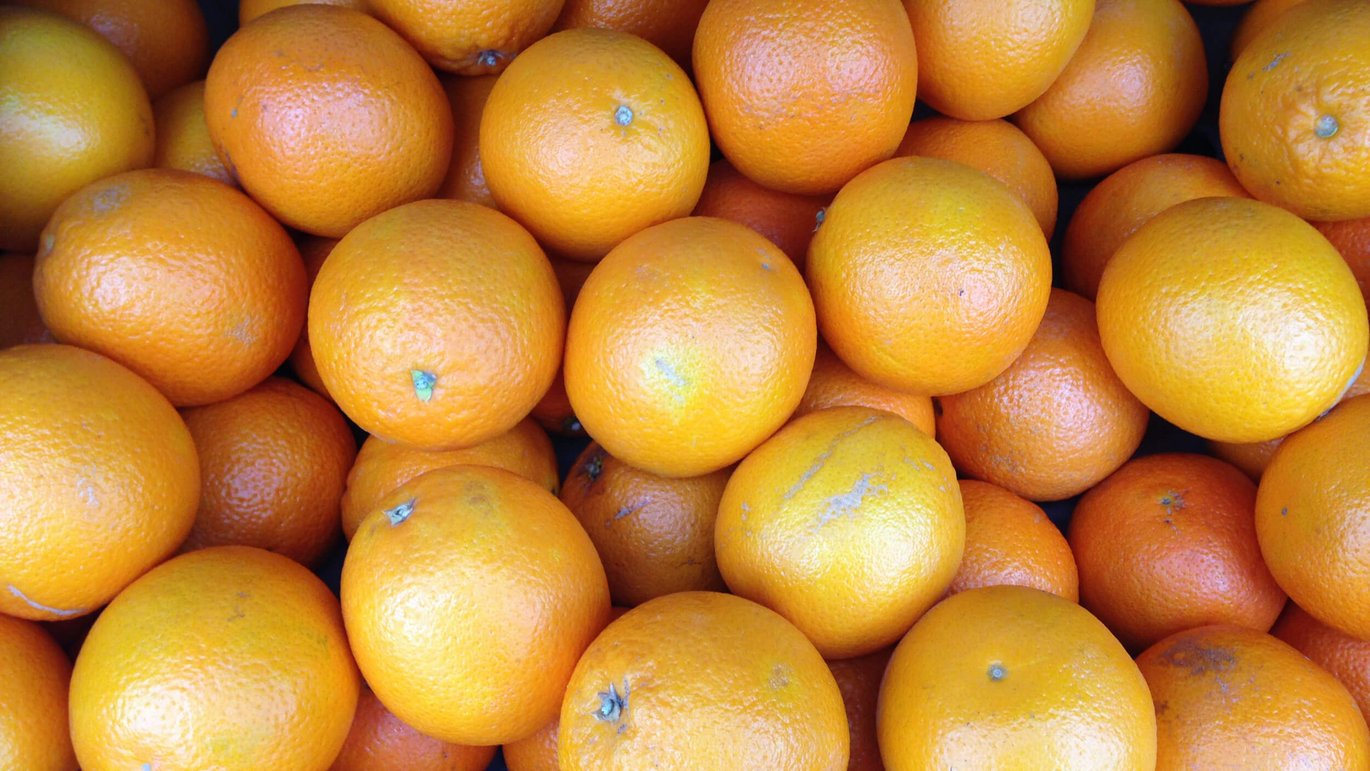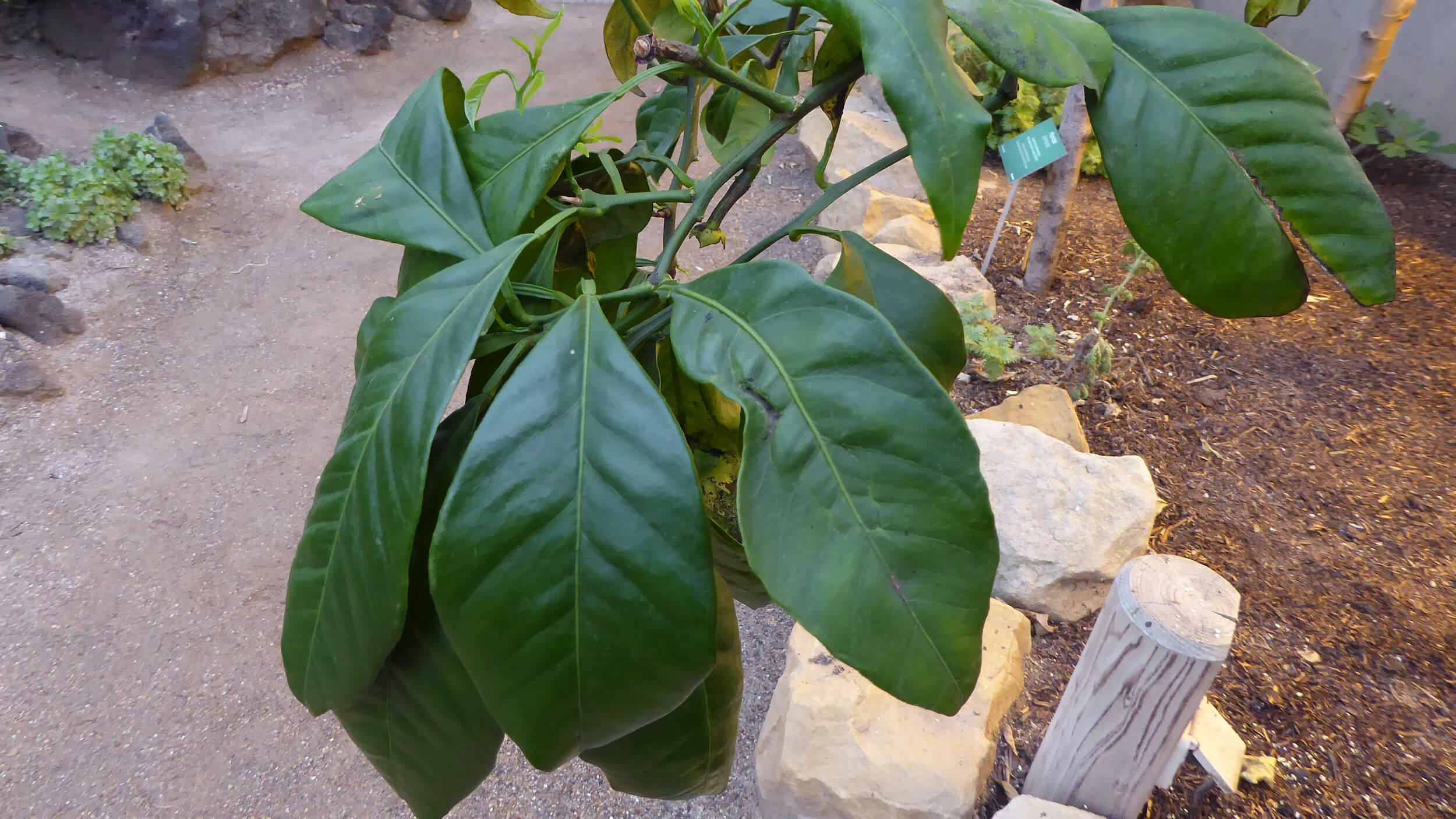Orange
In the beginning, sweet oranges were only for decoration and show, but through breeding they also became edible.


The earliest mention of the sweet orange is in Chinese literature and dates back to 314 BC. It is not known exactly where the fruit originated, but most people believe it was in southern or southwestern China.
The Moors brought oranges to Europe when they conquered Spain in the seventh century. At first, the orange was not used as a fruit for eating but solely as an ornamental plant. Later it became the highest fashion among kings and nobles in Europe to grow oranges in orangeries.
The most famous of these is probably the orangery at Versailles in France, built around the year 1674 and considered to be more beautiful than the castle itself. In the orangery, there were 1,200 orange trees in silver tubs. For centuries, the upper class had orangeries with oranges that they rarely ate.
It was the Portuguese who started growing oranges for eating. Today, Brazil is the world's largest producer of oranges, followed by the United States
Fact box:
- Greenhouse location: Mediterranean house
- Danish name: Appelsin
- Latin name: Citrus sinensis
- Family: Rue family / Rutaceae
- Natural habitat: China